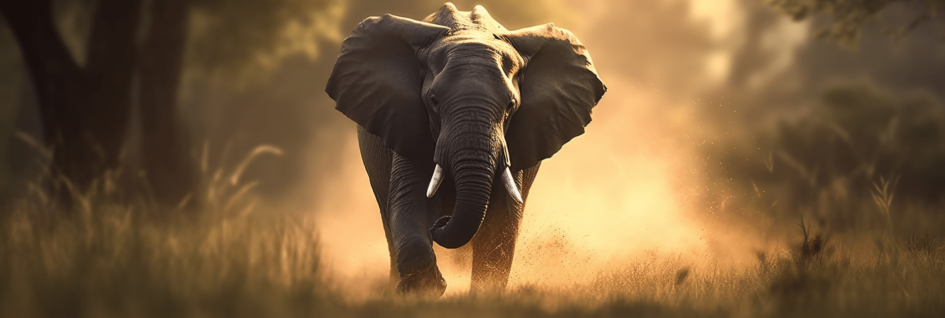AI Image Generation – the content:
Artificial intelligence (AI) has been rapidly advancing in recent years, revolutionizing various industries and changing the way we live our lives. One area where AI is making significant strides in image generation, which could potentially replace traditional photography methods. Unlike conventional photography which relies on capturing images using a camera, AI-generated images are created through complex algorithms and machine learning techniques. In this article, we will explore the fascinating world of AI image generation and its potential applications across multiple domains. As an audience with a subconscious desire for mastery, understanding how AI generates images may help us develop new skills to stay ahead of the curve in this ever-evolving technological landscape.
Understanding AI Image Generation
AI image generation has emerged as a promising technology to create images from scratch without the need for photographs. It involves using artificial neural networks to learn patterns and features from existing images, which are then used to generate new ones based on user input or randomization. The generated images can range from photorealistic to abstract, depending on the training data and algorithm used. Understanding AI image generation requires knowledge of machine learning techniques such as deep convolutional networks, generative adversarial networks (GANs), and variational autoencoders (VAEs). These models have different strengths and weaknesses, but they all aim to capture the underlying distribution of image data to produce realistic samples.
One important aspect of AI image generation is that it allows users to explore creative possibilities beyond what traditional photography can offer. For example, artists and designers can use these tools to quickly prototype ideas or generate novel visual styles. Researchers can leverage AI-generated images for tasks such as object recognition, semantic segmentation, or scene understanding. Moreover, AI image generation has potential applications in fields like gaming, fashion design, advertising, and virtual reality. As this technology continues to mature, we can expect more sophisticated algorithms that improve upon current limitations such as resolution and fidelity. Nonetheless, ethical considerations should be taken into account when developing AI systems that may impact how people perceive reality or affect social norms.
Examples? Sure, here
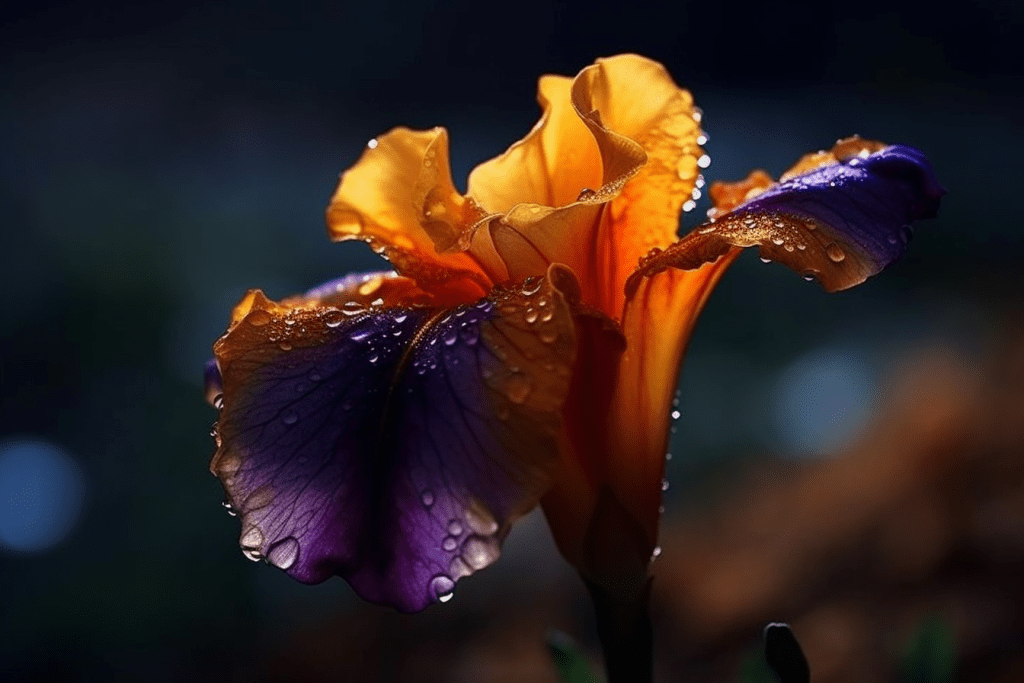
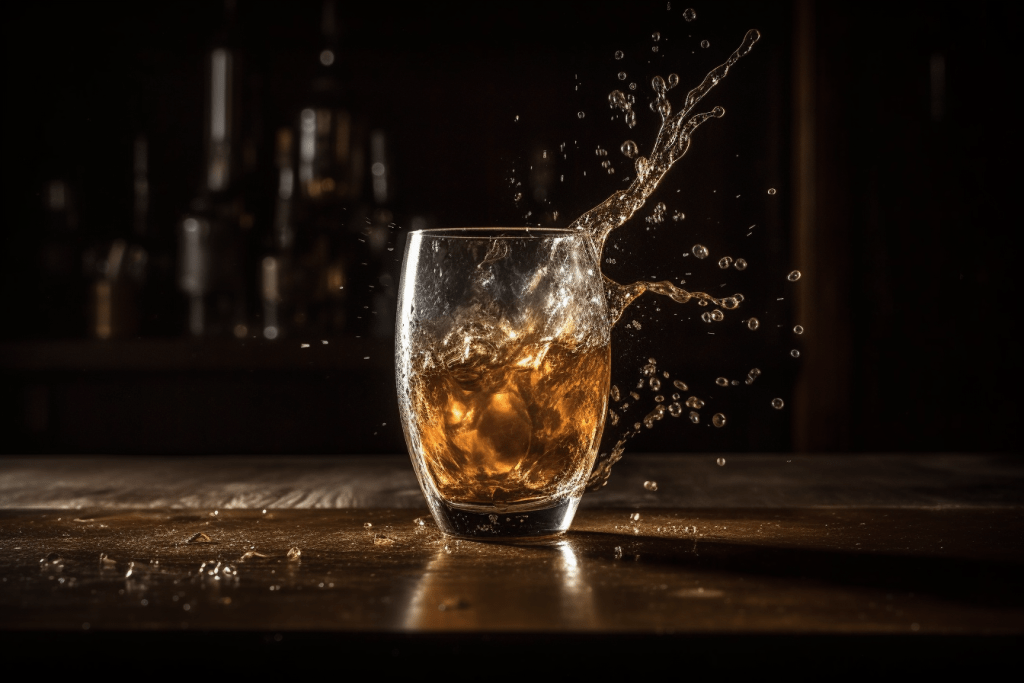

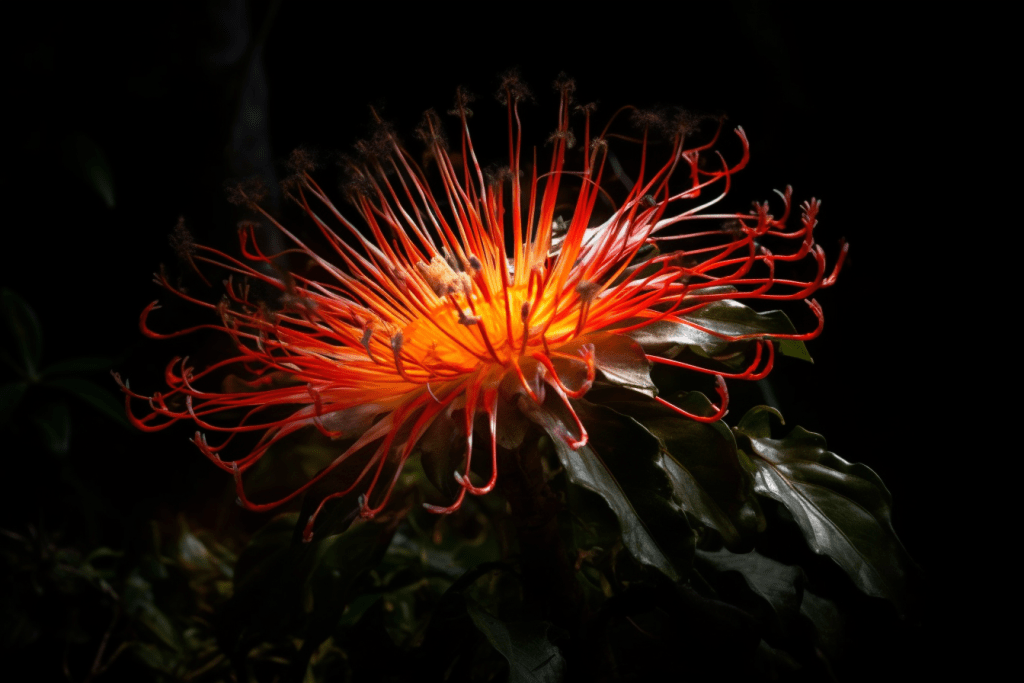
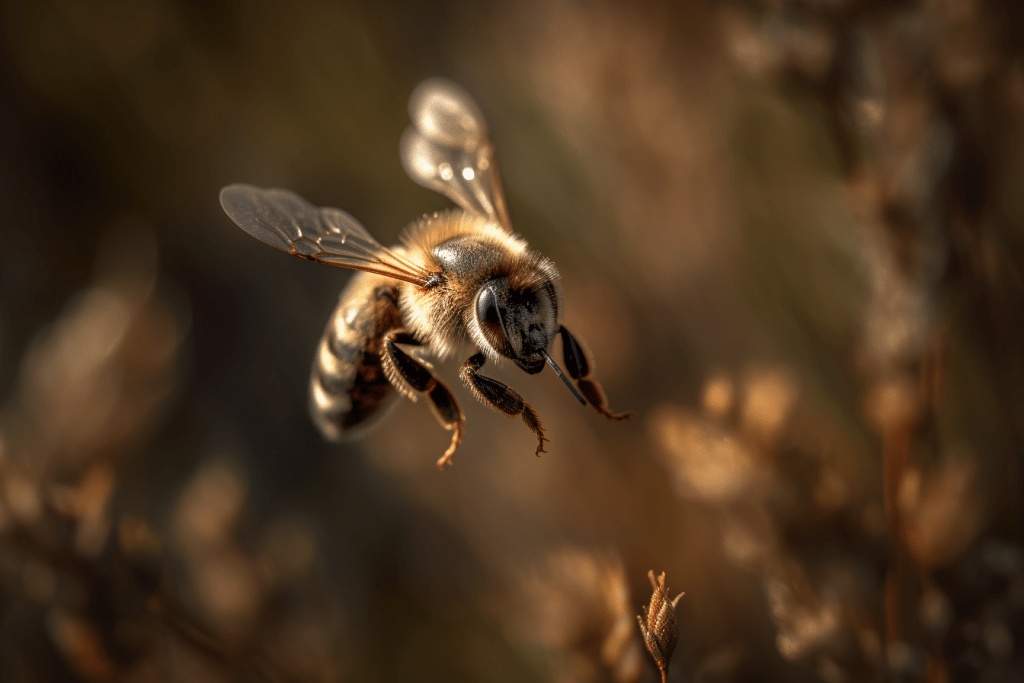
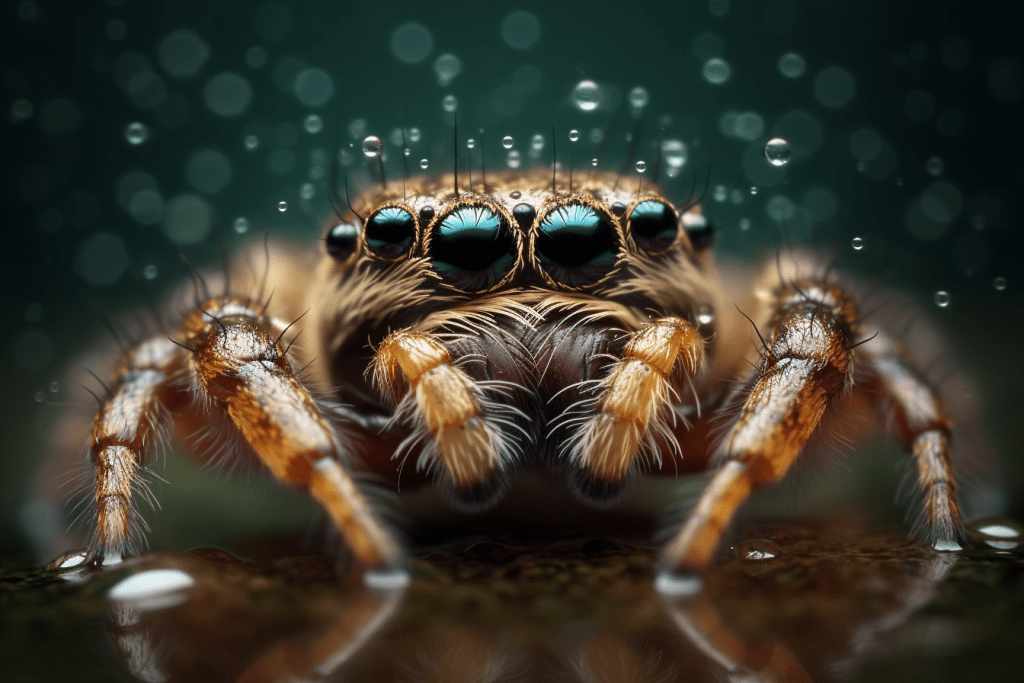

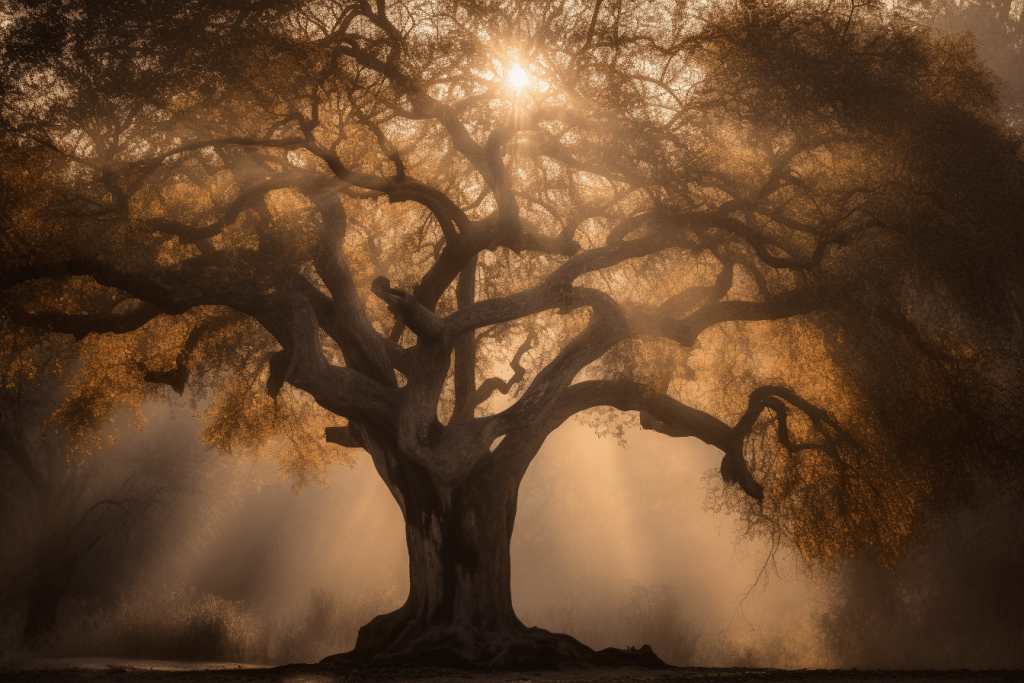
Applications Of AI Image Generation
The realm of artificial intelligence has provided us with several advancements in various fields, including image generation. AI-generated images are becoming increasingly popular due to their ability to produce realistic and creative visuals without the need for photographs. In this section, we will delve into the applications of AI image generation and explore its utility in different domains. From creating realistic virtual environments for gaming to generating high-quality medical imagery for diagnosis and treatment purposes, AI image generation is proving to be a valuable asset in numerous industries.
Moreover, it can also aid artists and designers by providing them with unique ideas and inspiration that they may not have considered otherwise. Furthermore, advertising agencies are taking advantage of the technology’s potential by using AI-generated images to promote products more effectively. The accuracy and precision offered by such generated images provide businesses with an edge over their competitors by enabling them to create visually appealing marketing material at a lower cost than traditional photography methods.
In summary, the applications of AI image generation extend from entertainment to healthcare, artistry, design, and advertising. This advanced technology offers several advantages over conventional imaging techniques while simultaneously reducing costs. Moving forward into the next section on tools and techniques for AI image generation, we’ll discuss how these benefits arise due to specific machine learning algorithms’ utilization within this field.
Tools And Techniques For AI Image Generation
The world today is brimming with an abundance of technological advancements that have revolutionized the human way of life. Among these, artificial intelligence (AI) has emerged as a powerful tool for creating images that are realistic and visually appealing. The application of AI image generation tools involves various techniques that enable users to create digital art instead of traditional photography. This technique uses generative adversarial networks (GANs), autoencoders, and other machine learning algorithms to produce high-quality images based on input data sets or parameters. These methods offer several advantages over traditional imaging technologies while providing limitless possibilities for creativity.
The use of AI image-generation tools allows individuals to generate unique content without relying on external sources, thereby promoting self-reliance and creative expression. Furthermore, it enables artists to manipulate existing images creatively and experiment with multiple variations quickly. Moreover, AI-generated alternatives provide novel solutions for situations where traditional photographs would not suffice due to their limitations in capturing abstract concepts or fictional scenarios. Despite its many benefits, this field is rife with challenges that need addressing before it can reach its full potential.
In conclusion, although there exist numerous advantages associated with using AI image generation tools, tackling technical issues such as training large datasets remains a significant challenge affecting optimal performance. Additionally, ethical concerns regarding authenticity and ownership rights pose additional hurdles that require attention from stakeholders in this field. Nevertheless, continual innovation coupled with advanced research will undoubtedly help overcome these challenges going forward into the future of AI image-creation technology.
Challenges And Future Of AI Image Generation
The field of AI image generation has come a long way in the recent past, but it still faces several challenges that need to be addressed. One such challenge is the ability of machines to generate realistic images that resemble natural photographs or artwork. This requires sophisticated algorithms and large amounts of data, which can be time-consuming and expensive to acquire. Additionally, there are ethical considerations when generating images that may contain sensitive content or violate copyright laws.
Another significant challenge lies in developing tools for creating personalized images based on user preferences and inputs. Currently, most AI-generated images are created using pre-existing templates and datasets rather than being tailored to individual needs or tastes. Addressing this issue will require more advanced machine-learning techniques and collaborations between researchers from different fields.
Despite these challenges, the future of AI image generation appears promising. With advancements in deep learning algorithms and access to vast amounts of data available online, we can expect further improvements in the quality and diversity of generated images. Furthermore, as computers become better at understanding human emotions and intentions, they could eventually create truly unique works of art that reflect our styles and personalities.
Overall, while there remain some obstacles yet to be overcome in AI image generation, the potential benefits far outweigh the current limitations. Continued research into this exciting field promises new ways for us to express ourselves creatively while also advancing our understanding of artificial intelligence systems’ capabilities beyond what was previously thought possible.
Conclusion
AI image generation is a rapidly growing field that utilizes machine learning algorithms to generate images from scratch. This technology has numerous applications, including in video games and animation industries, virtual reality experiences, and even the creation of realistic-looking human faces. Various tools and techniques are used for AI image generation, such as Generative Adversarial Networks (GANs) and Variational Autoencoders (VAEs). However, challenges remain in terms of generating high-quality images consistently. The future holds great promise for AI image generation with advancements in deep learning models and hardware capabilities. As the saying goes, “A picture is worth a thousand words,” and with AI-generated images becoming more sophisticated, their value will only continue to increase.
Frequently Asked Questions
What Is The Current State Of AI Image Generation Technology?
The development of AI technology has led to advancements in image generation that could rival traditional photography. The current state of AI image generation is impressive, with the ability to create realistic and detailed images from scratch. Here are some key aspects of the current state of this technology:
- Generative Adversarial Networks (GANs) – This is a popular technique used for generating images by training two neural networks against each other: one generates fake images, while the other detects whether they are authentic or not.
- Style Transfer – With this technique, an AI algorithm can apply a particular style to an existing image, such as making it look like a painting or changing its colors.
- Data Augmentation – By using machine learning algorithms, data augmentation techniques can be applied to generate new samples that reflect variations within an original dataset.
- Natural Language Processing (NLP) – Algorithms have been developed which use natural language processing methods to understand text descriptions and then generate corresponding images based on those descriptions.
Despite these advances, there are still some challenges facing AI image generation technology. One major challenge centers around creating truly unique and creative outputs rather than simply replicating what already exists. Additionally, ethical considerations such as ownership rights and copyright laws must also be addressed when utilizing AI-generated imagery.
In light of these developments, it is evident that AI image generation technology continues to evolve and expand its capabilities at a rapid pace; however, there remain areas where further research and development will be necessary before widespread adoption can occur without significant ramifications.
How Does AI Image Generation Compare To Traditional Photography In Terms Of Accuracy And Realism?
The world of artificial intelligence has made remarkable progress in image generation technology, which is now capable of producing images that are comparable to traditional photography. The accuracy and realism of AI-generated images have been a topic of discussion among experts for quite some time, and there seems to be no doubt about its potential. In terms of accuracy, AI image generation can produce highly detailed and precise images with minimal error margins. Furthermore, the ability to create lifelike and realistic pictures using algorithms makes it an invaluable tool for various industries.
To understand how AI image generation compares to traditional photography in terms of accuracy and realism, we need to explore three main factors: speed, consistency, and creativity. Firstly, when it comes to speed, AI image generation outperforms traditional photography by a large margin. With advanced algorithms at their disposal, computers can generate numerous high-quality images within seconds or minutes compared to the hours or even days required by human photographers. Secondly, AI-generated images offer greater consistency as they adhere strictly to prescribed parameters without variation from external factors such as lighting conditions or weather changes. Lastly, while humans possess creative intuition for composition and style choices that make them irreplaceable in certain fields like artistry or fashion design; however, AI-generated imagery offers unique opportunities for innovation through the integration of machine learning techniques with artistic principles.
In conclusion (avoid this phrase), the precision offered by AI-based image generators cannot replace the creative flair associated with traditional photography entirely yet but holds enormous promise for future development. It’s essential not only because it opens up new avenues but also because it challenges us creatively as well as technically – something every professional desire deep down inside themselves: Mastery over their craft!
Can AI Image Generation Be Used To Create Unique And Original Art?
The emergence of AI image generation has led to an interesting debate regarding its capacity for creating unique and original art. The juxtaposition between traditional photography and AI-generated images brings forth the question of whether technology can replace human creativity in the production of art. While some may argue that algorithms cannot replicate the imagination, emotions, and experiences inherent in producing artistic works, others believe that technology is a tool that can be used by artists to enhance their creative process.
To understand whether AI image generation can create unique and original art, it’s essential to examine its capabilities. Here are three ways AI image generation could contribute to the creation of new artistic works:
- Combining different styles: One advantage of using AI image generation is its ability to combine various artistic styles into one piece. By inputting multiple images with distinct visual elements, an algorithm can create a new work that represents a fusion of these styles.
- Creating abstract forms: With its computational power, an algorithm can generate complex shapes and patterns beyond what humans could conceive or execute independently. This opens up possibilities for artists who want to explore abstract concepts in their artwork.
- Enhancing efficiency: Using AI image generation software allows artists to save time while generating high-quality visuals quickly. It provides them with more opportunities to experiment with different techniques and ideas without worrying about resource constraints.
In conclusion, despite concerns about overreliance on technology leading to less imaginative creations, many people see potential benefits from integrating AI systems into artistic practice. As such, there is no doubt that AI image generation has broadened the scope for artists seeking novel methods for expressing themselves creatively.
What Ethical Considerations Should Be Taken Into Account When Using AI Image Generation Technology?
The advent of AI image generation technology has opened up new possibilities for creating unique and original art without the need for physical media. However, as with any emerging technology, there are ethical considerations that must be taken into account when using it. One such concern is the potential misuse of AI-generated images to spread fake news or manipulate public opinion. Another consideration is the possibility of perpetuating harmful stereotypes or biases through these generated images. It is important to recognize these ethical implications and take steps to mitigate them to ensure the responsible use of this technology.
Coincidentally, one way to address these concerns is through transparency and accountability measures in the development and implementation of AI image generation algorithms. This includes making sure that datasets used for training the algorithms are diverse and representative, as well as regularly auditing the output of these algorithms for bias or inaccuracies. Additionally, establishing clear guidelines and regulations around the use of AI-generated images can help prevent their misuse by individuals or organizations.
Overall, while AI image generation technology presents exciting opportunities for artistic expression and innovation, it also brings with it complex ethical considerations that cannot be ignored. As we continue to explore the capabilities of this technology, we must do so with a critical eye on its impact on society as a whole. By taking proactive steps to address ethical concerns, we can ensure that AI image generation remains a powerful tool for creativity without sacrificing its integrity or responsibility.
Instead of concluding our discussion on ethics surrounding ai-image generation altogether let us leave some food for thought: How can creators leverage Ai-imagery technologies? What about copyrights – who owns an artwork created by an algorithm? Where does human ingenuity stand amidst machine learning’s ever-evolving capabilities?
Are There Any Potential Risks Or Drawbacks To Using AI Image Generation Instead Of Traditional Photography?
The use of AI image generation technology is a relatively new and rapidly developing field in the world of digital media. While this innovative technology has many potential benefits, it also poses some significant risks and drawbacks that need to be taken into account. For instance, one hypothetical scenario could be an advertisement campaign for a beauty product where the model’s face was generated by AI rather than using traditional photography. One potential risk could be that consumers may feel deceived or manipulated if they learn that the images are not real people but computer-generated ones.
One of the most notable risks associated with AI image generation is its potential impact on authenticity and creativity. As artificial intelligence becomes more sophisticated, there is a possibility that it may take over creative tasks traditionally reserved for human artists and photographers. This could lead to a loss of jobs in these industries as well as an erosion of artistic integrity. Furthermore, there is always a risk that AI-generated images might inadvertently perpetuate harmful stereotypes or biases due to inherent programming biases or limited datasets.
On the other hand, there are certain advantages to using AI image generators instead of traditional photography such as cost-effectiveness, time efficiency, and flexibility. However, it should be noted that these benefits come with their own set of limitations and challenges such as issues with intellectual property rights or technical glitches during the generation process.
In conclusion, while AI image generation offers exciting possibilities for businesses and creatives alike, we must approach this technology with caution and consideration for ethical implications. As we continue to develop these tools further, it will be essential to address issues related to transparency, accountability, privacy concerns, and data protection laws so that we can ensure the responsible application of this powerful tool in our society today.
Do you have an interesting AI tool that you want to showcase?
Get your tool published in our AI Tools Directory, and get found by thousands of people every month.
List your tool now!